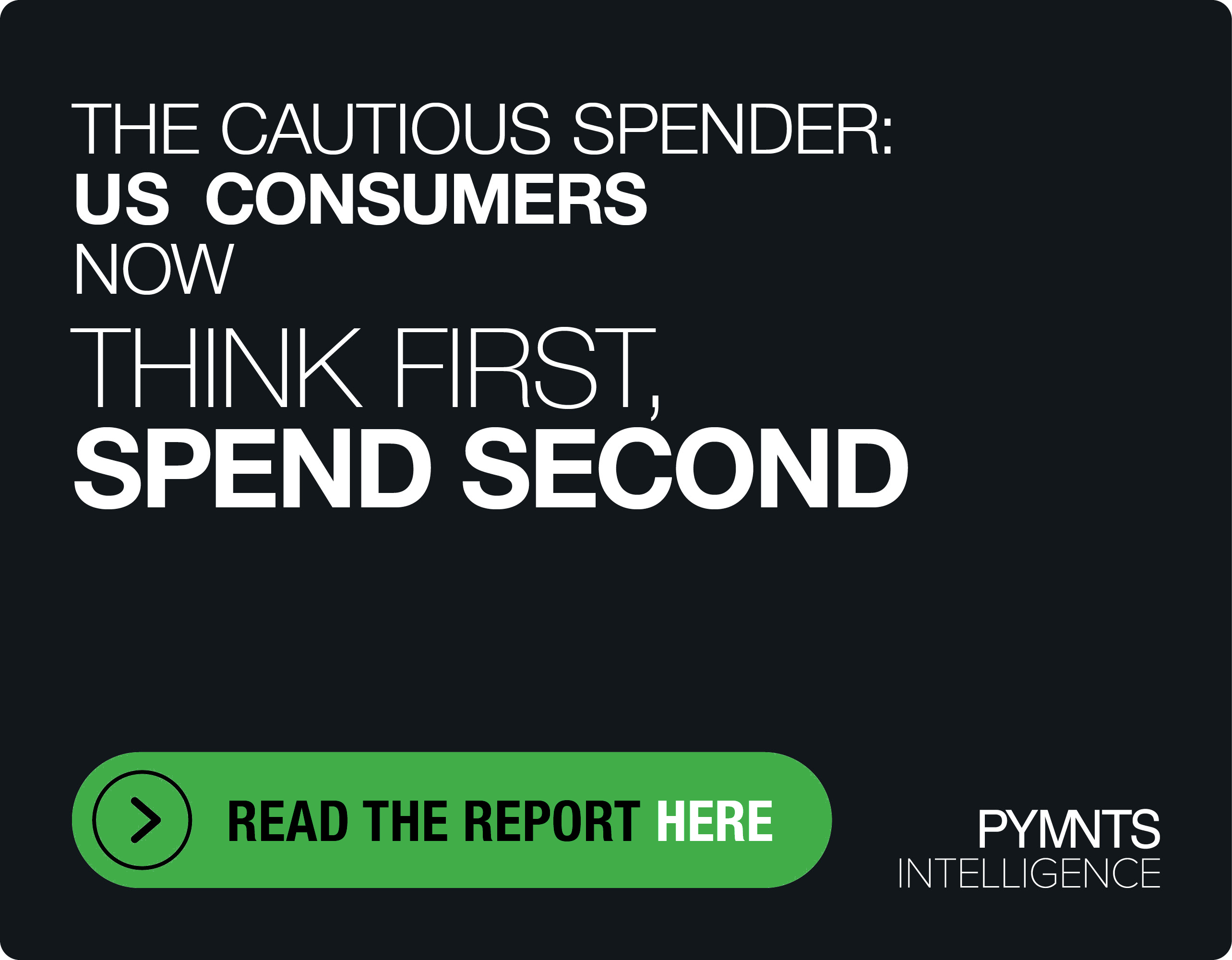Looming Rate Increases Pose New Challenges — and Opportunities — for Lenders
With 2021 done, 2022 looms as a landscape of challenge and opportunity for financial services providers.
The recent announcement that the Federal Reserve would look to raise interest rates as soon as next month begs the question of just how ready we are for the great (interest rate) reset.
After all, so much hinges on the Fed Funds rate — typically a benchmark upon which other debt is priced. Credit card interest rates, now in the teen percentage points, will rise.
Scott Sanborn, CEO of LendingClub, noted to PYMNTS’ Karen Webster that the vagaries of the pandemic could make the results of any rate increase look a little different.
According to Sanborn, most recessions have been marked by periods of deteriorating credit. But credit held up well during the 2020 recession and has continued to be strong since then.
LendingClub, he said, is expecting a return to pre-pandemic levels of delinquencies. But the company’s installed base — and target customers — are responsible borrowers. That core demographic, he told Webster, can be defined as individuals earning at least $100,000, with relatively high credit scores, who are grappling with high debt loads.
Many of these individuals, as Sanborn noted, live paycheck to paycheck. Joint research between PYMNTS and LendingClub shows that roughly 40% of people who earn at least $100,000 annually live paycheck to paycheck, at times struggling to make ends meet. This is a key population, said Sanborn, that will look to consolidate outstanding debt as rates rise.
“There’s an inherent positive selection,” he told Webster, “As they’re coming to us because they want to make good financial decisions, and they want to lower their costs [of debt].”
Read more: New Report: 53 Pct Of Upper-Income Americans Live Paycheck To Paycheck
These consumers, he said, have not overtly been beneficiaries of government stimulus (or unemployment, for that matter). And they’ll sit up and take notice that their credit card debt is becoming significantly more expensive and take a proactive approach to that debt — and they have the financial capacity to do so.
But they’ll still worry about whether they’re making the right decisions, said Sanborn — about whether they have the right information and strategies at hand. There’s a greenfield opportunity for a digital bank to build a brand around helping consumers make intelligent financial choices.
See also: 82% of Consumers Who are Pessimistic About the Economy Cite Inflation
The Radius Acquisition
To that end, he said, the recent integration of Radius Bank sets the stage for LendingClub to pivot off the entry point of helping people handle their credit card debt (or save money on their auto loans) and, over time, capture spending and saving, as well, building cash cushions along the way.
The movement, then, is toward outcomes-based banking, where a broader range of data and real-time insights can help LendingClub move away from its (purely) lending roots.
As he explained to Webster, “by capturing the banking relationship, we’re going to be much more able to reach out and say, ‘Hey, are you seeing that your credit card rate just went up? Maybe you should move the balances off from this card onto the other one that is lower cost or put it into an installment loan.’”
Other LendingClub offerings let consumers more adroitly match their cashflow (via paycheck inflows) and expenses. He said the cloud and the platform model allow LendingClub to unlock deep analytical capabilities and create engaging experiences.
Credit, after all, is a data problem, and the company, said Sanborn, has billions of data points gleaned over 15 years to make the most efficient lending decisions — and do so with confidence.
There’s been no shortage of challenger banks that have been able to lower the cost of various financial services and products and foster slick user experiences. Still, they have yet to help consumers bridge the key cashflow challenges that occur so often in life.
Finding Earnings Amid Uncertainty
The conversation with Webster came against the backdrop where the company reported results that saw record fourth-quarter revenue and where net income exceeded the high end of guidance. The top line came in at just under $819 million, up 157% from 2020’s levels, and the company swung to a profit of $29.1 million after reporting a loss a year ago.
Sanborn has said LendingClub will continue to build out its on-balance-sheet loan portfolio and move more into mobile-first, cloud-based platforms.
Read also: LendingClub Aims for the Cloud, More Mobile-First Platforms in ’22
He said that the firm ended the year with “a lot of momentum,” as LendingClub was able to deliver record top line and black ink on the bottom line in what is typically the company’s weakest quarter.
“That’s a first for LendingClub,” he said. He noted, too, the costs tied to its purchase of Radius, a significant acquisition, are now fully in the rear-view mirror.
LendingClub enters 2022 against a general backdrop of anxiety and volatility within financial services — where the pandemic continues to be anything but predictable, and the only certainty is that interest rates will rise.
Along the way, he said, LendingClub will focus on its core customer.
Looking ahead, he said, the key driver and focus for LendingClub will be on core categories, but where there lies significant opportunity to grow the auto refinancing business and what he called the “purchase finance” business — putting credit card debt on installment plans that are lower cost even when compared against traditional card refinancing.
“That’s something that we brought into the [Radius] bank in Q4 and expect to grow at an outsize rate this year,” he told Webster. “And then toward the end of the year, that’s when we’ll be talking about getting the bank over to the cloud, integrating that data and getting that mobile experience live.”
